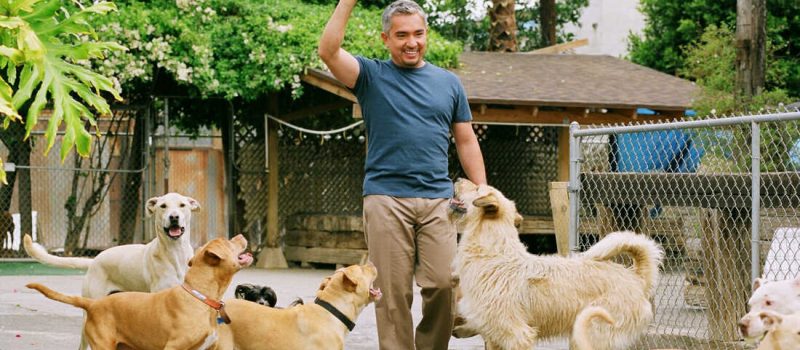Introduction:
Dogs, often referred to as man’s best friend, possess an extraordinary ability to connect with humans on a deep emotional level. Becoming a dog whisperer goes beyond basic training techniques; it involves understanding and communicating with our four-legged companions on a level that transcends words. In this guide, we’ll explore the art of being a how to be a dog whisperer and how you can foster a strong, harmonious bond with your furry friends.
- Patience and Observation:
The first step in becoming a dog whisperer is developing patience and keen observational skills. Dogs communicate through body language, facial expressions, and vocalizations. Spend time observing your dog’s behavior in various situations to understand their unique cues and signals.
- Establishing Trust:
Trust is the foundation of any strong relationship, and it’s no different with dogs. Approach your furry friend with a calm and gentle demeanor, avoiding sudden movements or loud noises. Establishing trust takes time, so be patient and consistent in your interactions.
- Mastering Body Language:
Dogs are highly attuned to body language, and being aware of your own signals is crucial. Maintain open and relaxed body language to convey a sense of calmness. Avoid direct eye contact, as it may be perceived as a threat in the canine world.
- Active Listening:
Becoming a dog whisperer requires active listening, not in the traditional sense, but by paying attention to your dog’s needs and responses. Understand their barks, whines, and tail movements to gauge their emotional state. Respond appropriately to create a positive and supportive environment.
- Consistent Training:
Consistency is key when it comes to training. Establish clear boundaries and rules, and be consistent in enforcing them. Dogs thrive on routine, so regular training sessions help reinforce desired behaviors.
- Empathy and Understanding:
Dogs, like humans, have unique personalities and experiences that shape their behavior. Approach each dog with empathy and a willingness to understand their individual needs. Consider their past experiences, fears, and preferences when interacting with them.
- Positive Reinforcement:
Positive reinforcement is a powerful tool in dog training. Reward good behavior with treats, praise, or affection. This not only strengthens the bond between you and your dog but also motivates them to repeat the desired behavior.
- Physical and Mental Stimulation:
Dogs require both physical and mental stimulation to lead happy, balanced lives. Engage in regular exercise, play, and provide mental challenges through puzzle toys or training exercises. A tired dog is often a well-behaved dog.
- Holistic Approach:
Being a dog whisperer involves considering the dog’s overall well-being. Attend to their health needs, provide a nutritious diet, and ensure regular veterinary check-ups. A healthy dog is more likely to exhibit positive behaviors.
Conclusion:
Becoming a dog whisperer is not a one-size-fits-all endeavor. It requires a combination of patience, understanding, and a genuine love for these incredible animals. By embracing the art of communication and actively listening to your dog, you can create a strong and lasting bond that goes beyond the traditional roles of owner and pet. The journey to becoming a dog whisperer is a rewarding one, filled with companionship, trust, and mutual understanding.

